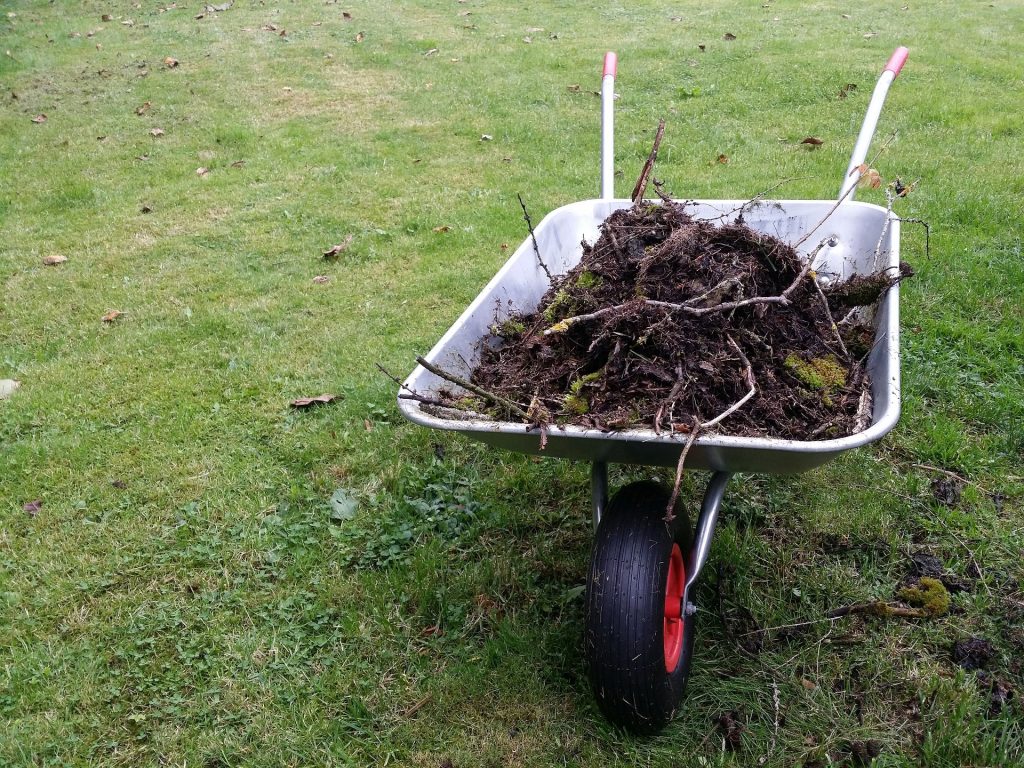Preparing Soil for Garden
March 10, 2023

A successful garden starts with good soil. In this article, you’ll find tips for preparing your garden’s soil with proper techniques. Before planting anything, it is important to make sure your soil is healthy, nutrient-rich, and well-draining. Here are some tips and techniques for preparing soil for your garden.
TEST YOUR SOIL
The first step in preparing your soil is to test it. You can buy a soil testing kit at a garden center. Personally, I just went to my local Lowe’s and bought one for about $15. A soil test will tell you the pH level of your soil, which is important because different plants have different pH requirements. It will also tell you the levels of important nutrients such as nitrogen, phosphorus, and potassium, so you can make any necessary adjustments.
REMOVE WEEDS AND DEBRIS
Before planting anything, you need to clear the area of weeds and debris. Weeds can steal nutrients from your plants, and debris can make it difficult to work with the soil. Use a hoe or a rake to remove any large weeds or rocks. You can also use a weed killer to get rid of any stubborn weeds.
ADD ORGANIC MATTER
Adding organic matter to your soil is one of the best things you can do to improve its health. Organic matter such as compost, leaf mold, or manure can improve soil structure, increase soil fertility, and improve drainage. Spread a layer of organic matter over the soil and work it in with a garden fork or tiller. The amount you need will depend on the size of your garden and the current state of your soil.
ADJUST PH LEVELS
If your soil test reveals that your soil is too acidic or too alkaline, you will need to adjust the pH levels. Adding lime to your soil can raise the pH, while adding sulfur can lower it. Follow the instructions on the product you choose, and be careful not to add too much, as this can harm your plants. This can be a game changer!
ADD FERTILIZER
If your soil test reveals that your soil is low in nutrients, you will need to add fertilizer. There are many different types of fertilizer, so choose one that is appropriate for your plants and soil type. Follow the instructions on the package carefully, and be careful not to over-fertilize, as this can harm your plants.
TILL THE SOIL
Once you have added organic matter, adjusted pH levels, and added fertilizer, it’s time to till the soil. Tilling helps to mix the amendments into the soil, break up clumps, and create a level surface for planting. Use a garden tiller or a hoe to till the soil to a depth of 6-8 inches. On a personal level, I usually just turn the soil using a hoe.
MULCH
Mulch, mulch, mulch! Mulch helps to retain moisture, suppress weeds, and regulate soil temperature. Spread a layer of mulch over the soil after planting. You can use organic mulch such as bark chips or leaves, or inorganic mulch such as gravel or landscape fabric. In my opinion, this is one of the best things you can do to prepare your garden’s soil for a successful planting season!
Preparing soil for your garden may seem like a lot of work, but it is an essential step in ensuring a successful harvest. Now that you have prepared your soil for your garden, be sure to stop by and checkout some Tips on the top 10 flowers to plant this spring!
Remember, by testing your soil, adding organic matter, adjusting pH levels, adding fertilizer, tilling the soil, and mulching, you will create a healthy, nutrient-rich environment for your plants to thrive in.








